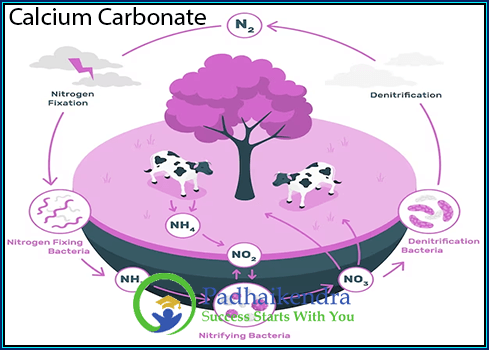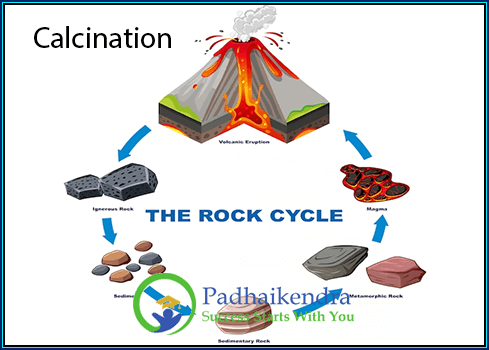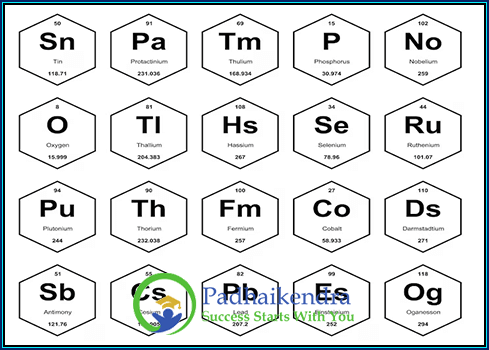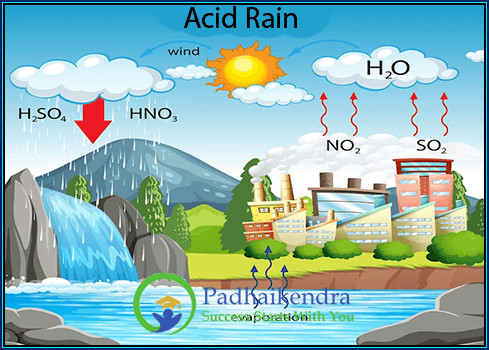Non-metals
What are Non-Metals? Non-metals are elements that have properties that are the opposite of metals. They are not shiny, they are not good conductors of heat or electricity, and they are not malleable or ductile. Non-metals can be found in all three states of matter: solid, liquid, and gas. Properties of Non-Metals Non-lustrous: Non-metals do …







